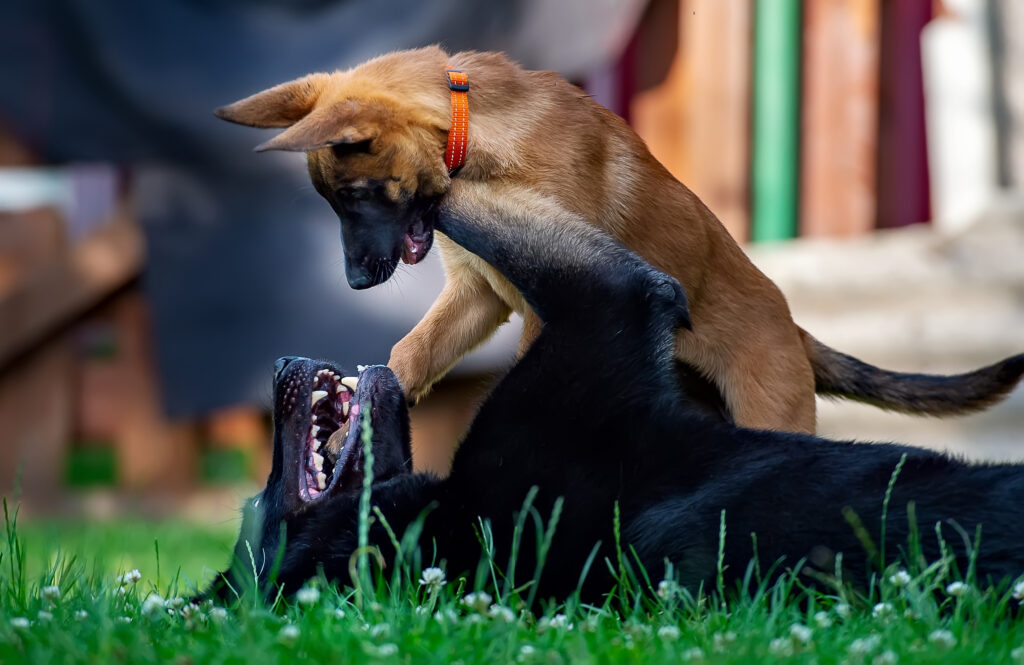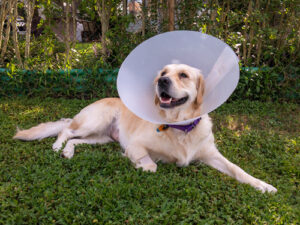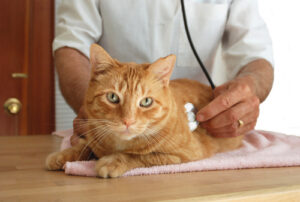Here, we’re focusing on an essential aspect of raising a puppy: canine socialization. This article aims to guide you through the nuances of socializing your puppy, with the goal of helping them grow into a well-behaved, well-adjusted companion. If you would like to know more about socializing and training your puppy, call us at (360) 385-4488 to make an appointment.
Understanding Canine Socialization
Socializing your puppy is a key part of integrating them into your family for a happy, healthy life.
What is Canine Socialization?
Canine socialization is the process of gradually introducing your puppy to a variety of experiences, environments, and living beings. This includes meeting different people, encountering other animals, and getting used to various sights, sounds, and smells. A well-socialized puppy is more likely to develop into a confident and calm adult dog.
The Importance of Early Canine Socialization
The prime time for socializing your pup is between 3 and 14 weeks of age. During this formative period, puppies are more receptive to new experiences, and positive encounters can shape their behavior for life. Socializing your puppy early can also prevent future behavioral issues like fear, aggression, and anxiety.
Practical Tips for Socializing Your Puppy
Introducing your puppy to the world is exciting, but be sure to socialize them at a reasonable pace. Here are some tips to help you get started:
Safe and Positive Introductions
- Meet New People: Introduce your puppy to a variety of people, including children, adults, and the elderly. Keep these meetings positive and calm.
- Interacting with Other Dogs: Allow your puppy to meet well-behaved, vaccinated dogs. Monitor their interactions and ensure they are positive. Your puppy and the other dog should be leashed so both you and the other owner have full control of the situation.
- Exploring New Environments: Take your puppy to different places like parks, busy streets, and quiet areas. This helps them adjust to diverse situations.
- Gradual Exposure to Different Stimuli: Introduce your pup to various sounds (traffic, household noises), textures (grass, pavement), and smells. It’s essential to do this gradually to avoid overwhelming them.
Socialization and Training: A Combined Approach
Training plays a vital part in canine socialization. Teaching basic commands helps your puppy understand the expected behaviors in different settings. It also strengthens your bond and improves communication between you and your pup.
Puppy Classes: A Great Opportunity
Puppy classes offer a unique blend of socialization and education, both for puppies and their owners. In these classes, your puppy will meet other dogs and people in a safe, structured environment, which is excellent for their social development. It’s not just about play; these classes are designed to teach puppies how to interact appropriately with others.
What to Expect in a Puppy Class
In a typical puppy class, trainers focus on basic obedience skills like sit, stay, and come. They also address puppy-specific behaviors like biting and house training. The class setting allows puppies to practice these skills in the presence of distractions, which is necessary for real-world application.
Choosing the Right Class
When selecting a puppy class, look for one that uses positive reinforcement techniques and is led by experienced, certified trainers. It’s also important to choose a class appropriate for your puppy’s age and vaccination status to ensure their health and safety.
Overcoming Socialization Challenges
It’s normal for puppies to feel scared or anxious in new situations. Pay attention to your puppy’s body language. Signs of fear may include cowering, tucking the tail, or trying to hide. Understanding these signals can help you respond appropriately.
If your puppy is fearful, gradual desensitization can be effective. This involves slowly introducing them to the source of their fear in a controlled way. Start with the fear-inducing stimulus at a low intensity, and gradually increase it as your puppy becomes more comfortable.
Positive Reinforcement and Patience
Always use positive reinforcement when socializing and training your puppy. Treats, praise, and play can help your puppy associate scary things with positive experiences. Be patient and consistent. Forcing a puppy into a frightening situation can make their fear worse. If your puppy’s fear or anxiety seems severe or if they are not improving, consulting with a professional is advisable. A veterinarian or a professional dog behaviorist can provide tailored strategies and support for your puppy’s needs.
Contact Us for More Advice on Socializing Your Puppy
Raising a well-socialized puppy requires commitment, patience, and a lot of love. By following these guidelines, you’re setting your puppy up for a lifetime of positive interactions and good behavior. If you have any questions or need further assistance, please don’t hesitate to contact us at Chimacum Valley Veterinary Hospital in Port Hadlock, WA, at (360) 385-4488. We’re here to support you and your pet through every stage of their life.





